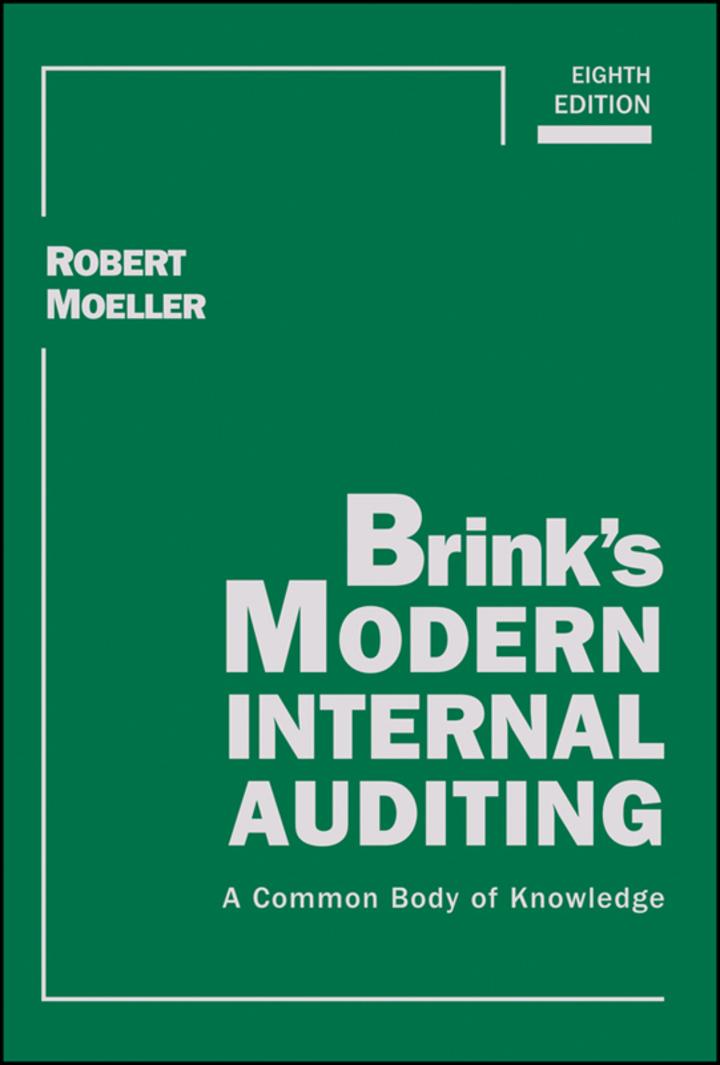Question
Lubricants, Inc., produces a special kind of grease that is widely used by race car drivers. The grease is produced in two processing departmentsRefining and
Lubricants, Inc., produces a special kind of grease that is widely used by race car drivers. The grease is produced in two processing departmentsRefining and Blending. Raw materials are introduced at various points in the Refining Department.
The following incomplete Work in Process account is available for the Refining Department for March:
| Work in ProcessRefining Department | |||
| March 1 balance | 33,000 | Completed and transferred to Blending | ? |
| Materials | 142,600 | ||
| Direct labor | 68,200 | ||
| Overhead | 491,000 | ||
| March 31 balance | ? | ||
The March 1 work in process inventory in the Refining Department consists of the following elements: materials, $9,000; direct labor, $3,300; and overhead, $20,700.
Costs incurred during March in the Blending Department were: materials used, $45,000; direct labor, $16,100; and overhead cost applied to production, $99,000.
Required:
1. Prepare journal entries to record the costs incurred in both the Refining Department and Blending Department during March. Key your entries to the items (a) through (g) below.
- Raw materials used in production.
- Direct labor costs incurred.
- Manufacturing overhead costs incurred for the entire factory, $636,000. (Credit Accounts Payable.)
- Manufacturing overhead was applied to production using a predetermined overhead rate.
- Units that were complete with respect to processing in the Refining Department were transferred to the Blending Department, $642,000.
- Units that were complete with respect to processing in the Blending Department were transferred to Finished Goods, $760,000.
- Completed units were sold on account, $1,400,000. The Cost of Goods Sold was $590,000.
2. Post the journal entries from (1) above to T-accounts. The following account balances existed at the beginning of March. (The beginning balance in the Refining Departments Work in Process is given in the T-account shown above.)
| Raw materials | $ | 205,600 |
| Work in processBlending Department | $ | 46,000 |
| Finished goods | $ | 25,000 |
2) Data concerning a recent periods activity in the Assembly Department, the first processing department in a company that uses the FIFO method in its process costing, appear below:
| Materials | Conversion | |||
| Cost of work in process inventory at the beginning of the period | $ | 2,300 | $ | 660 |
| Equivalent units in the ending work in process inventory | 360 | 180 | ||
| Equivalent units required to complete the beginning work in process inventory | 530 | 1,120 | ||
| Cost per equivalent unit for the period | $ | 2.80 | $ | 0.60 |
A total of 25,500 units were completed and transferred to the next processing department during the period. Beginning work in process inventory consisted of 2,600 units and ending work in process inventory consisted of 2,800 units.
Required:
1. Compute the Assembly Department's cost of ending work in process inventory for materials, conversion, and in total for the period.
2. Compute the Assembly Department's cost of units transferred out to the next department for materials, conversion, and in total for the period.
Seattle Western University has provided the following data to be used in its service department cost allocations:
| Service Departments | Operating Departments | ||||
| Administration | Facility Services | Undergraduate Programs | Graduate Programs | ||
| Departmental costs before allocations | $2,400,000 | $1,600,000 | $26,800,000 | $5,700,000 | |
| Student credit-hours | 20,000 | 5,000 | |||
| Space occupiedsquare feet | 25,000 | 10,000 | 70,000 | 30,000 | |
Required:
Using the direct method, allocate the costs of the service departments to the two operating departments. Allocate the Administration cost on the basis of student credit-hours and the Facility Services cost on the basis of space occupied. (Please enter allocations from a department as negative and allocations to a department as positive. The line should add across to zero. Do not round intermediate calculations.)
Step by Step Solution
There are 3 Steps involved in it
Step: 1

Get Instant Access to Expert-Tailored Solutions
See step-by-step solutions with expert insights and AI powered tools for academic success
Step: 2

Step: 3

Ace Your Homework with AI
Get the answers you need in no time with our AI-driven, step-by-step assistance
Get Started


